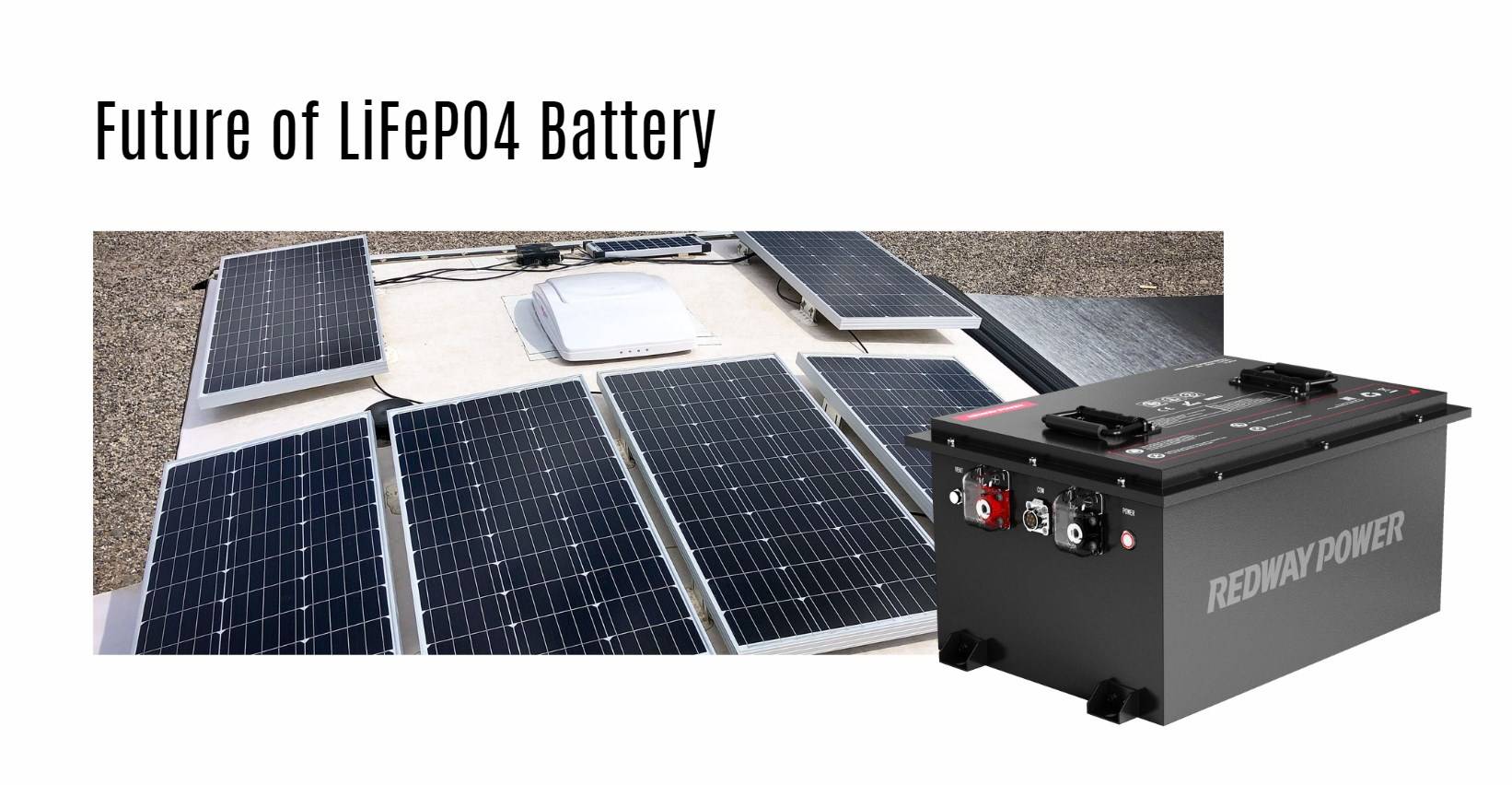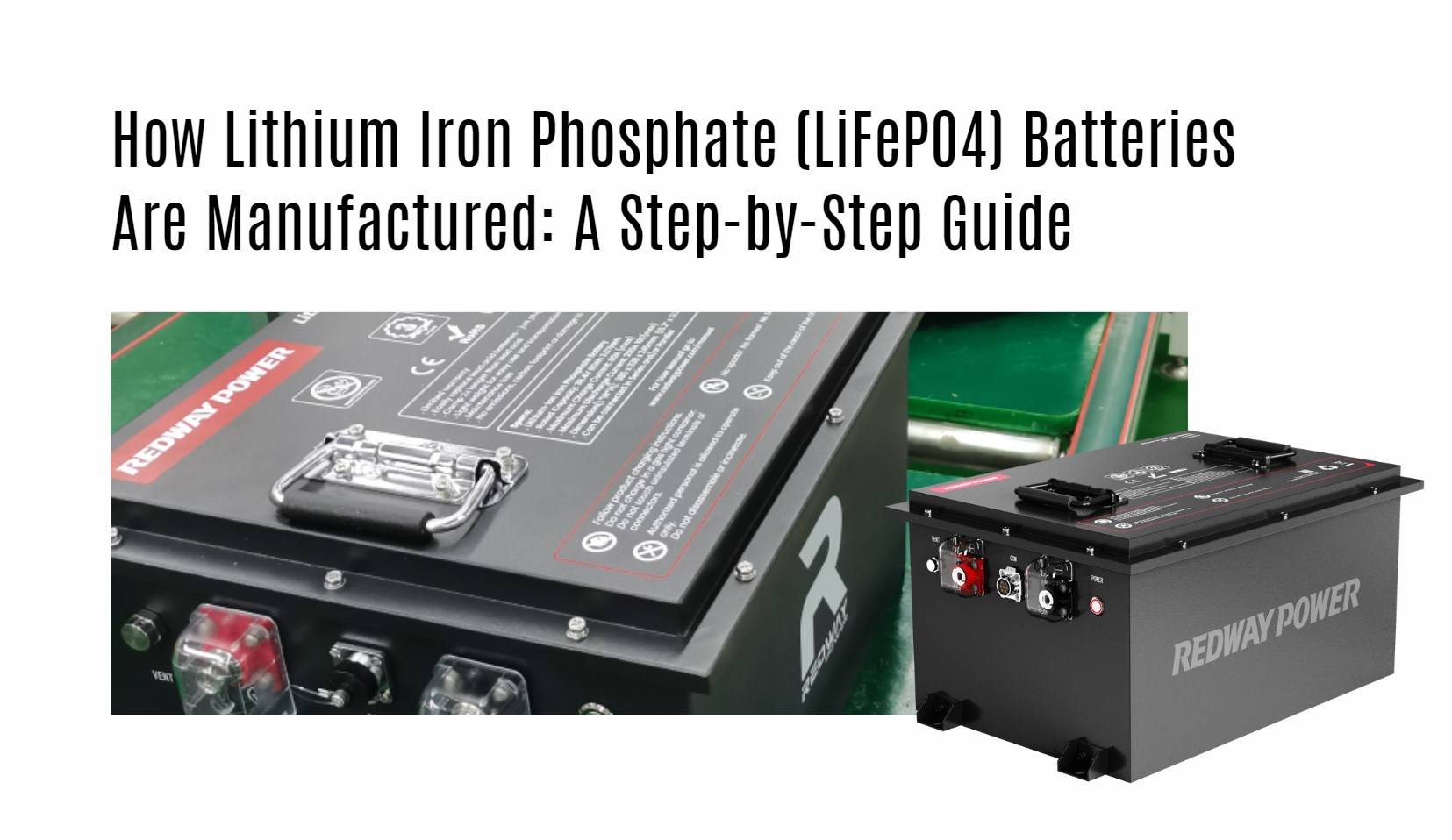Lithium iron phosphate (LiFePO4) batteries are manufactured through a detailed process that involves producing high-quality materials, assembling components, and rigorous testing to ensure performance and safety. Understanding these steps is crucial for appreciating how these batteries deliver their renowned benefits.
How Is Lithium Ferro Phosphate (LiFePO4) Produced?
Lithium ferro phosphate (LiFePO4) is produced through a chemical synthesis process involving lithium carbonate and iron phosphate as primary raw materials. The mixture undergoes high-temperature calcination, resulting in a stable cathode material that exhibits excellent thermal stability and safety characteristics.Chart Title: Production Process Overview
| Step | Description |
|---|---|
| Material Preparation | Sourcing lithium carbonate and iron phosphate |
| High-Temperature Calcination | Heating mixture to form LiFePO4 |
| Material Cooling | Allowing synthesized material to cool |
What Are the Key Steps in the Manufacturing Process of LiFePO4 Batteries?
The key steps include:
- Material Preparation: Sourcing and preparing high-purity lithium ferro phosphate.
- Electrode Fabrication: Coating current collectors with active materials.
- Cell Assembly: Stacking electrodes with separators and electrolyte.
- Formation Cycling: Initial charging cycles to form stable solid electrolyte interphase (SEI).
- Testing and Quality Control: Rigorous testing for performance metrics.
How Does the Quality of Materials Affect LiFePO4 Battery Performance?
The performance, lifespan, and safety of LiFePO4 batteries are heavily influenced by the quality of raw materials used during manufacturing. Higher purity levels lead to better electrochemical performance and increased cycle life.
What Materials Are Used in LiFePO4 Battery Production?
Key materials include:
- Lithium Carbonate: Source of lithium ions.
- Iron Phosphate: Provides structural stability.
- Conductive Additives: Enhance electrical conductivity within electrodes.
How Do Different Manufacturing Techniques Impact Battery Efficiency?
Manufacturing techniques such as electrode coating methods, drying processes, and assembly line automation can significantly affect overall efficiency, energy density, and production costs.
What Processes Are Involved in Assembling LiFePO4 Batteries?
Assembly involves stacking layers of electrodes separated by a porous membrane, filling with electrolyte, and sealing to create a hermetically sealed environment that prevents moisture ingress.
How Is the Final Product Tested for Quality Assurance?
Quality assurance includes a series of tests such as capacity testing, cycle life evaluation, thermal stability assessments, and safety tests to ensure compliance with industry standards.Chart Title: Quality Assurance Testing
| Test Type | Purpose |
|---|---|
| Capacity Testing | Measures energy storage ability |
| Cycle Life Evaluation | Assesses longevity |
| Thermal Stability Assessment | Evaluates safety under heat |
What Technological Advancements Are Enhancing LiFePO4 Manufacturing?
Recent advancements include improved synthesis methods that reduce production costs, automated assembly lines that enhance precision, and innovations in recycling processes to minimize environmental impact.
Expert Views
Understanding the intricacies involved in manufacturing lithium iron phosphate batteries reveals not only their potential but also highlights areas where innovation can lead to improved efficiency and sustainability,” states an expert in battery technology.
FAQ Section
- What is the typical lifespan of a LiFePO4 battery?
LiFePO4 batteries generally last between 2000 to 5000 charge cycles depending on usage conditions. - Can you mix different types of lithium batteries?
It is not recommended to mix different types due to varying voltage levels and chemistries which can lead to safety issues. - What safety measures are implemented during manufacturing?
Manufacturers adhere to strict guidelines including cleanroom environments, equipment calibration, and regular inspections to ensure product integrity.




